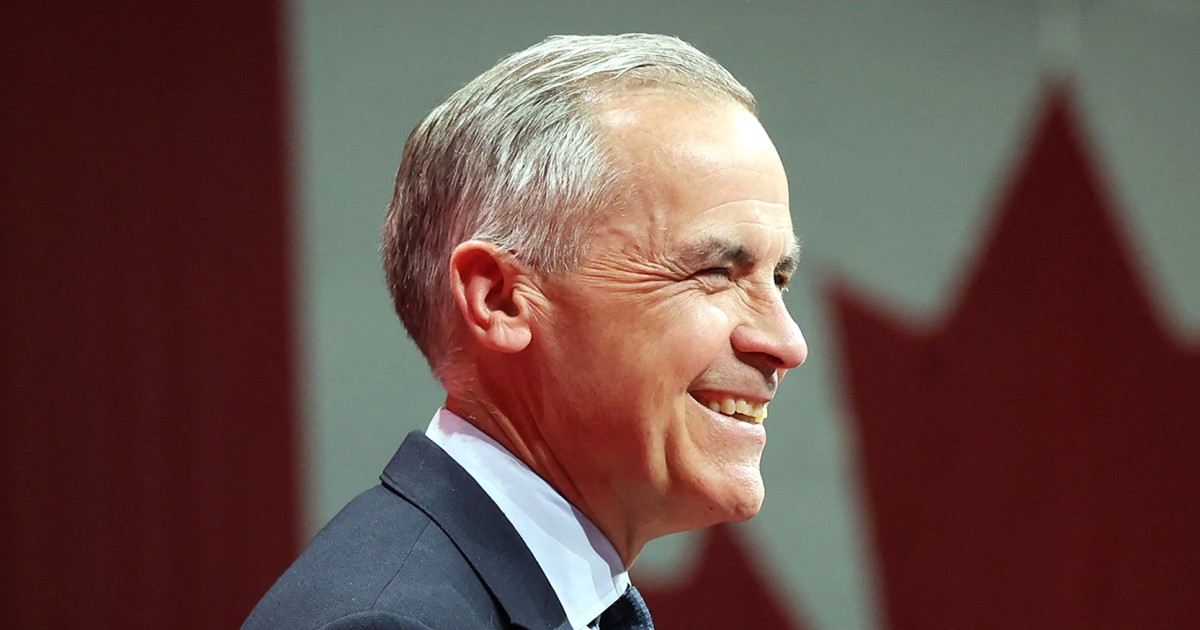Key takeaways:
- Canadian voters have extended the tenure of the Liberal Party, led by Prime Minister Mark Carney, though it is uncertain if they will achieve a majority government in the 343-seat Parliament.
- The election was influenced by external factors, particularly U.S. President Donald Trump’s policies, which shaped Canada’s political landscape, as noted by Prime Minister Carney.
- While the Liberals are set to win more seats than the Conservative Party, the final government composition remains uncertain, potentially requiring collaboration with smaller parties to pass legislation.
In a closely watched national election, Canadian voters have decided to extend the tenure of the Liberal Party, led by Prime Minister Mark Carney. According to projections by the Canadian Broadcasting Corporation (CBC), the Liberals have secured another term in office. This election outcome marks a significant political event, as the party has been in power for nearly a decade. The CBC, however, noted that it remains uncertain whether the Liberals will achieve a majority government, which requires at least 172 seats in the 343-seat Parliament.
The election was notably influenced by external factors, particularly the policies and rhetoric of U.S. President Donald Trump. Analysts suggest that Trump’s approach, including territorial threats and tariff strategies, played a role in shaping the political landscape in Canada. Prime Minister Carney highlighted the importance of acknowledging these dynamics, emphasizing that the global political environment has undergone substantial changes.
As the results unfolded, it became evident that the Liberals were poised to win more seats than their main competitors, the Conservative Party. The Conservatives, led by a populist figure, were unable to sway enough voters to shift control of the government. The outcome suggests that Canadian voters have opted for continuity in leadership amidst the challenges posed by international relations and domestic issues.
While the Liberals’ victory is clear, the final composition of the government remains to be seen. If the party does not secure an outright majority, it may need to collaborate with smaller parties to pass legislation. This potential scenario could shape the legislative agenda and influence policy decisions in the coming term. As the situation develops, attention will be focused on how the Liberal Party navigates the complexities of governing in a potentially divided Parliament.



Be First to Comment